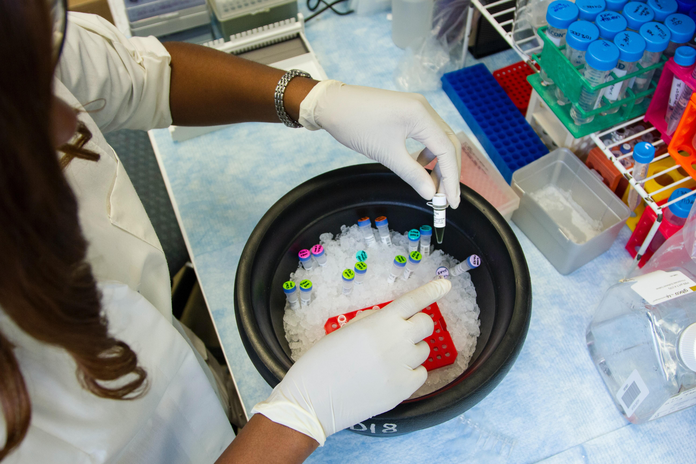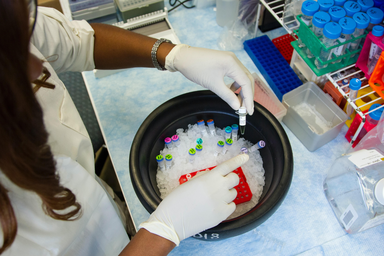If you weren’t already aware, March 1st marked the beginning of Women’s History Month, created to highlight and celebrate all women around the country for their significant contributions to society—contributions which are often overlooked and undermined, especially those of non-white women. With that being said, I thought it would be a great idea to highlight a few of those women who have made a major impact in STEM designated careers. STEM, which stands for Science, Technology, Engineering and Mathematics, is a widely used term to describe a set of disciplines that takes a deep consideration of real-world applications through methods including but not limited to: logistics, statistics, experimentation, coding and construction.


- Flossie Wong-Staal, Ph.D.: Flossie Wong-Staal was a big deal (and for good reason). Wong-Staal was a Chinese American virologist and molecular biologist responsible for being the first scientist to clone the HIV virus and determine its genes functions. In other words, Flossie’s brilliant research led to the discovery of HIV as the cause of the AIDS epidemic; additionally, her and the team of researchers that she led conducted work that helped the development of therapies which allowed those with the HIV virus to continue living normal lives by keeping AIDS at bay. In more elevated terms, what Wong-Staal was able to do was create a sort of “molecular clone”, which is basically a copy that enabled her and her team to better understand the chemical structure of the virus. Thus, this research gave rise to the development of what can be called anti-retroviral therapies which impedes any indication of viral replication, essentially stopping a further progression of the disease. To this day her work remains extremely important and medically relevant as around 37.9 million people worldwide are living with some form of HIV or AIDS (as of November 2020). As a result of this discovery, she went on to receive many accolades for her excellence in research over the course of her career such as induction into the National Women’s Hall of Fame in 2019. Ultimately she passed away July 8, 2020 at the age of 73. Without her brilliance and dedication to her research, who knows if and when we would have otherwise unlocked a major breakthrough that would bring modern medicine closer to understanding the virus and how to efficiently treat it. Flossie Wong-Staal was a phenomenal woman and we owe a lot to her because of it.
- Henrietta Lacks: Although not a medical professional herself, Henrietta Lacks was a major figure in the medical field, earning her the nickname “The Mother of Modern Medicine” because her cancer cells were the first (and for many years) the only human cell line able to reproduce indefinitely. Lacks was an African American mother who noticed complications that caused her to experience vaginal bleeding, leading her to become a patient at the now-famous and prestigious Johns Hopkins Hospital back in 1951 at a time when few hospitals would treat poor Black Americans. While she was being treated for her aggressive case of cervical cancer, doctors at the Hopkins Hospital collected some of her cells—without consent nonetheless—and made an astonishing discovery: her cells were immortal. Whereas most other cells die, doctors found that Lacks’ doubled every 20 to 24 hours. Today, her cell line which is commonly known as the HeLa cell line has been involved in numerous medical breakthroughs which include but are not limited to: the development of the polio vaccine, usages in gene cloning, gene mapping and in-vitro fertilization, have been helpful in cancer research, and have been used to test the effects of toxins, radiation and other chemicals on human cells. Without Henrietta’s cells, the progression of molecular biology and modern medicine would have been much slower. It can’t be ignored that yes, her cells were collected without patient consent which is a huge ethical violation. It also can’t be ignored that there has been a lot of discourse about malpractice against Black patients and subjects in medicine and scientific research with Henrietta’s story as a prime example. In my opinion, Henrietta’s story speaks to the larger issue of implicit bias in the health industry, providing both scholars and the general public a strong basis for further investigation as well as a basis for forming coalitions against such malpractices. However we give thanks to her for her sacrifice. Because essentially, we can all thank the incredible genetic makeup of Henrietta Lacks for the medical innovations we have today.




